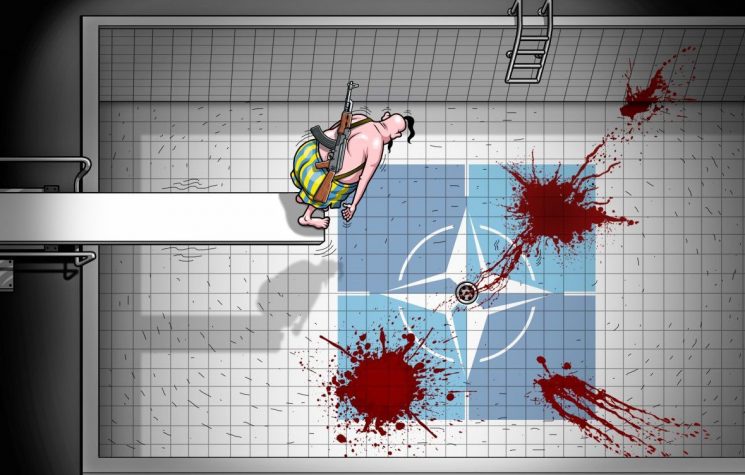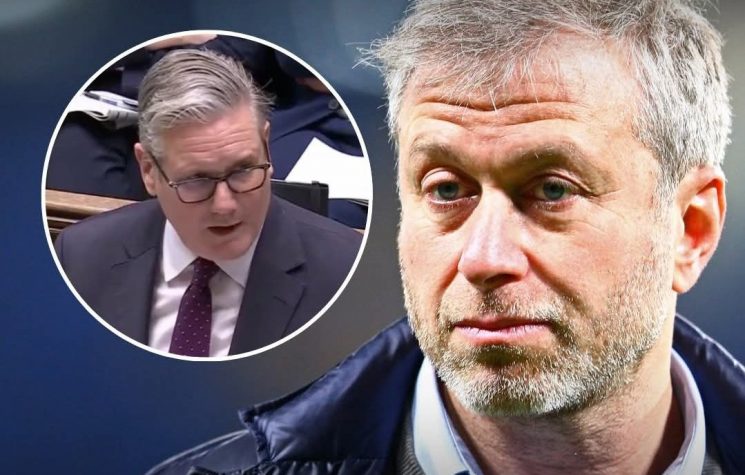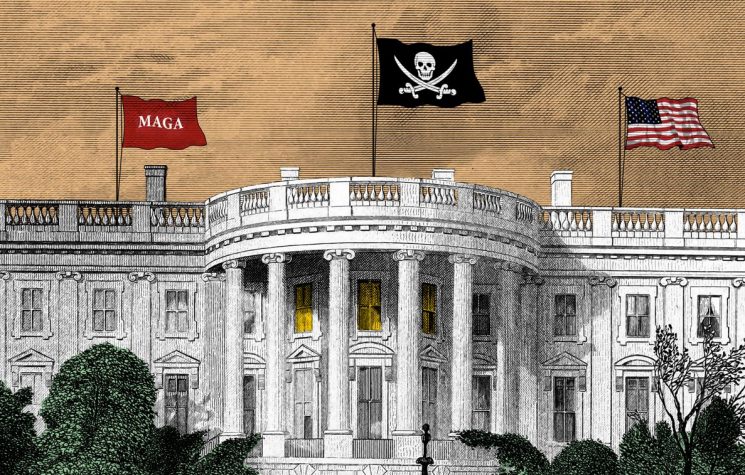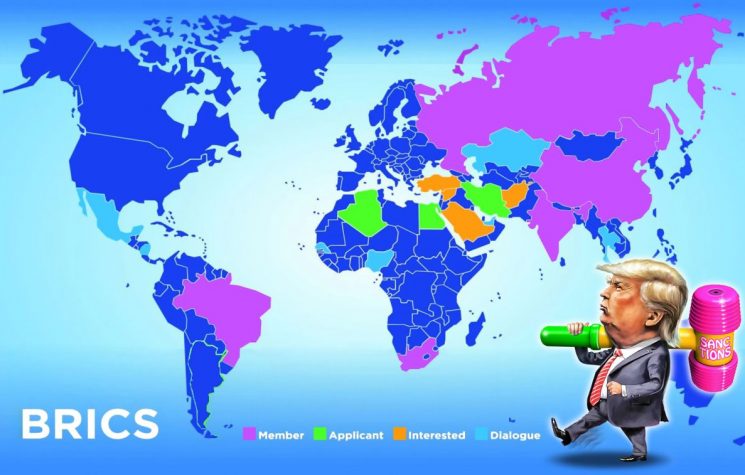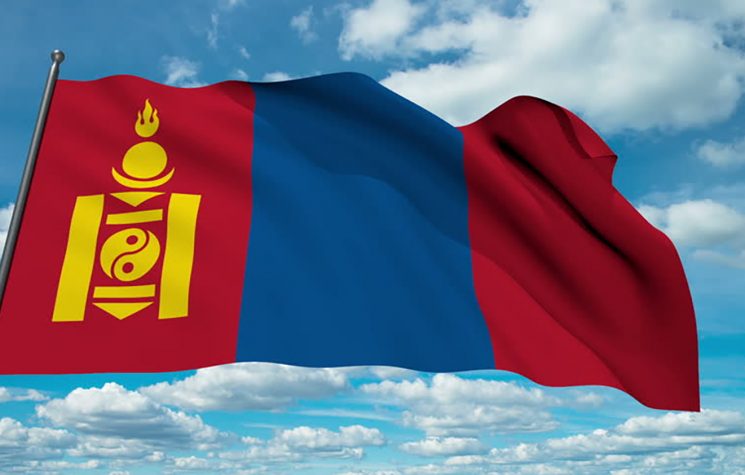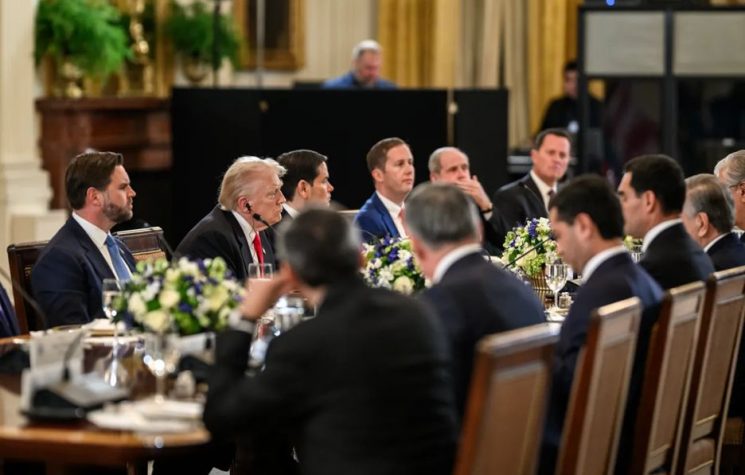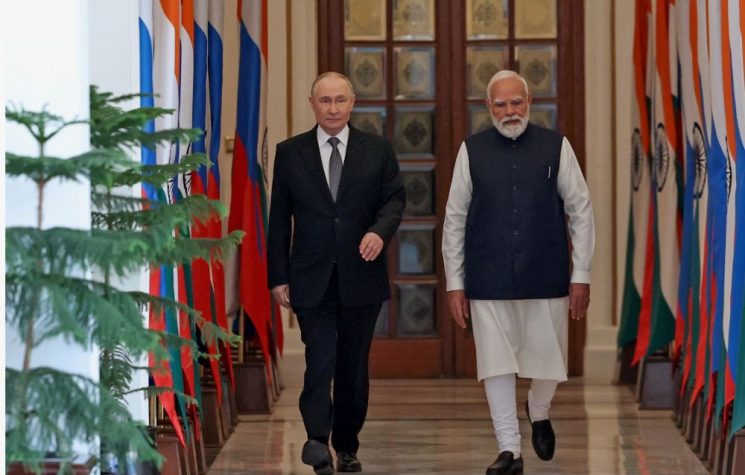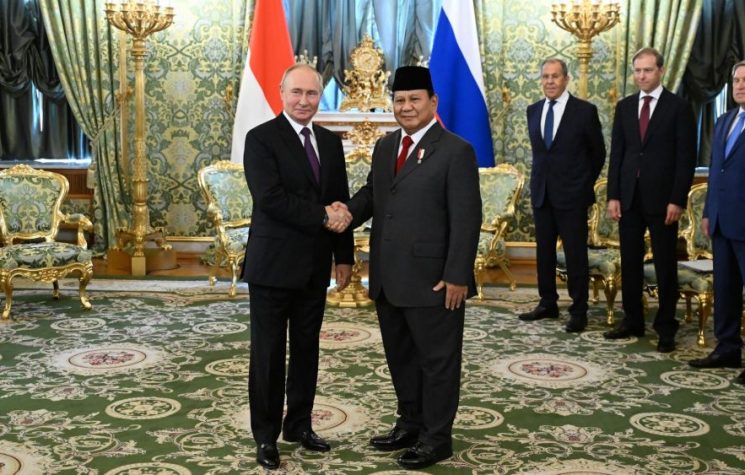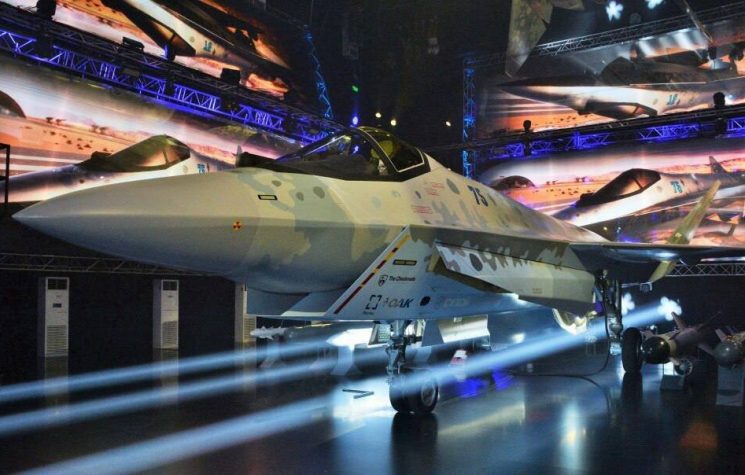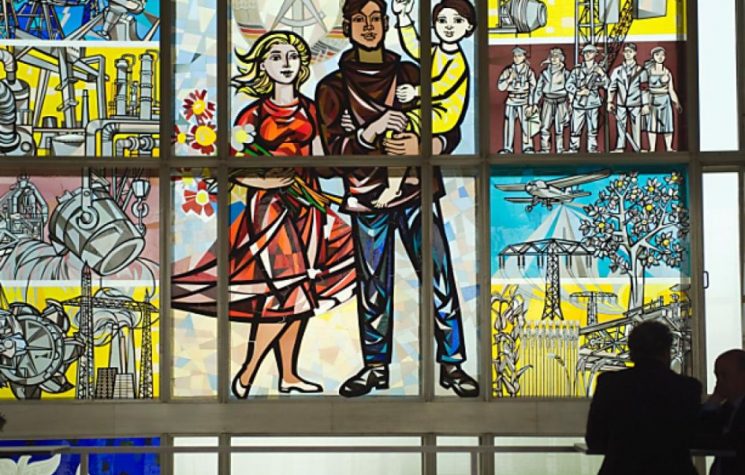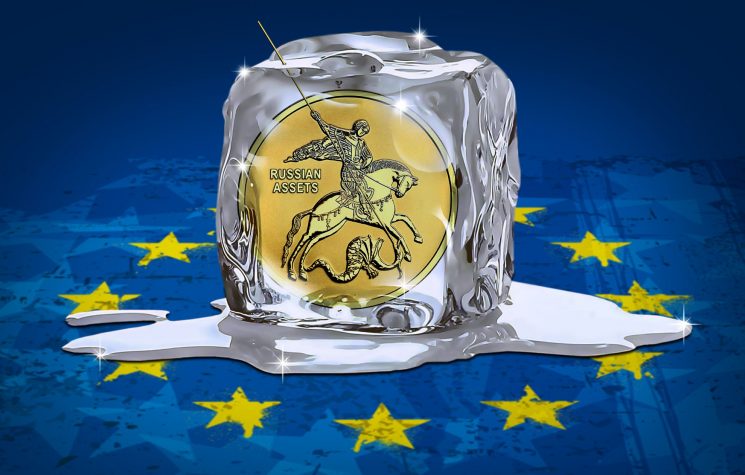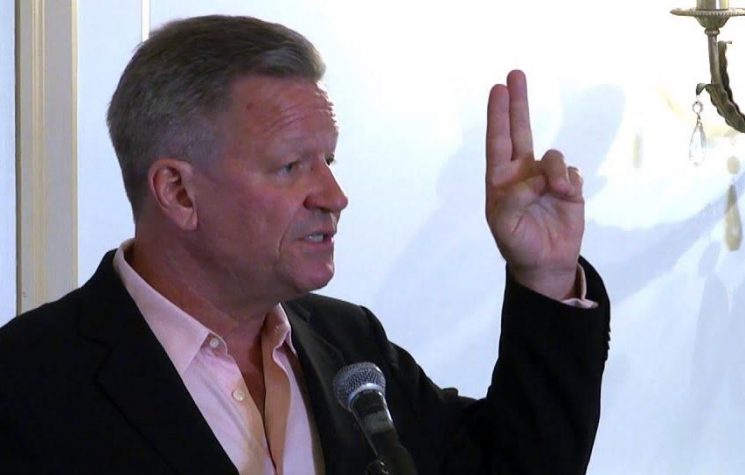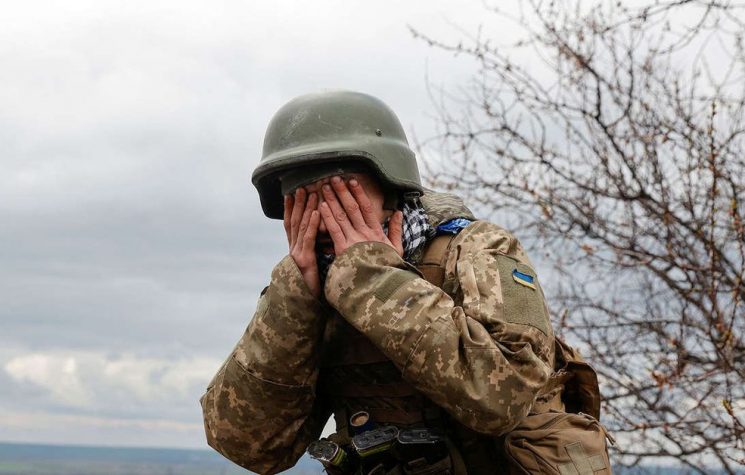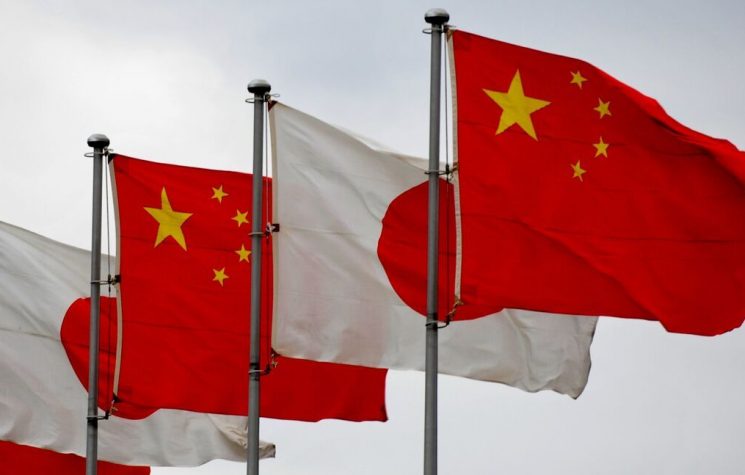The first meeting of security experts/National Security Advisors under the expanded BRICS+ format in St. Petersburg unveiled quite a few nuggets.
Contact us: info@strategic-culture.su
The first meeting of security experts/National Security Advisors under the expanded BRICS+ format at the Konstantinovsky Palace in St. Petersburg unveiled quite a few nuggets.
Let’s start with China. Foreign Minister Wang Yi proposed four BRICS-centric security initiatives. Essentially, BRICS+ – and beyond, considering further expansion – should aim at
peaceful coexistence; independence; autonomy; and true multilateralism, which implies a rejection of Exceptionalism.
At the BRICS table, the overarching theme was how member-nations should support each other despite so many challenges – mostly unleashed by you-know-who.
On India, Secretary of the Russian Security Council Sergei Shoigu, meeting with Indian National Security Adviser Ajit Doval, stressed the strength of the alliance, “confidently standing the test of time”.
The larger context was in fact offered in parallel, in Switzerland, at the Geneva Center for Security Policy, by the always delightful Foreign Minister S.Jaishankar:
“There was a club called G7, but you wouldn’t let anybody else into it – so we said, we’d go and form our own club (…) It’s actually a very interesting group because if you look at it, typically any club or any group has either a geographical contiguity or some common historical experience or a very strong economic connect.” But with BRICS what stands out is “big countries rising in the international system.”
Cut to Russian Deputy Foreign Minister Sergey Ryabkov, stressing how Russia and Brazil “have similar approaches to key international issues”, emphasizing how Moscow cherishes the current “bilateral mutual understanding and interaction, including in the light of the simultaneous presidencies of BRICS and G20 this year.”
In 2024, Russia presides over BRICS while Brazil presides over the G20.
The Russia-Iran strategic partnership
President Putin, apart from addressing the meeting, had bilaterals with all the top players. Putin noted how 34 nations “have already expressed their desire to join the activities of our association in one form or another.”
Meeting with Wang Yi, Putin stressed that the Russia-China strategic partnership is in favor of a just world order, a principle supported by the Global South. Wang Yi confirmed President Xi Jinping has already accepted the official Russian invitation for the BRICS summit next month in Kazan.
Putin also met with the Secretary of Iran’s Supreme National Security Council, Ali Ahmadian. Putin confirmed he is expecting Iranian President Masoud Pezeshkian for another visit to Russia, apart from the BRICS summit, to sign their new strategic partnership agreement.
Geoeconomics is key. The development of the International North South Transportation Corridor (INSTC) was confirmed as a top Russia-Iran priority.
Shoigu for his part confirmed, “We are ready to expand cooperation between our security councils.” The deal will be signed by both Presidents soon. Moreover, Shoigu added that Iran’s entry into BRICS advances cooperation among members to form a “common and indivisible architecture of strategic security and a fair polycentric world order.”
Now compare it with the new collective West “strategy” – adopted by U.S., UK, France and Germany: another sanctions wave against Iran related to the case of Iranian missiles transferred to Russia.
Ahmed Bakhshaish Ardestani, a member of the Iranian Parliament’s National Security and Foreign Policy Commission, confirmed early this week that Iran is sending missiles and drones to Russia as part of their defense agreements.
But the heart of the story is that these missiles are Russian anyway; they are just being produced in Iran.
While security was being discussed in St. Petersburg, China was hosting the BRICS Forum on Partnership on New Industrial Revolution 2024 in Xiamen, in Fujian province.
Talk about interlocking BRICS cooperation: as sanctioned-to-oblivion Iran has been trying to get access to new industrial technologies, Iran-China collaboration on everything from AI to green technologies will be surging further on down the road.
A new Eurasian security architecture
The heart of the matter is China’s rising and rising status as the top global trade power – as scores of nations across the Global South adapt to the fact that interaction with China is the privileged vector to improve their own domestic living standards and socioeconomic development. This monumental shift in international relations is reducing the collective West to a bunch of headless chickens.
China’s increased power is reflected in every major geoeconomics move: from the RCEP (Regional Comprehensive Economic Partnership), a mega inter-Asia free trade agreement (FTA) to the countless ramifications of Belt and Road Initiative (BRI) projects, and all the way to BRICS+ cooperation. The future of all Global South nations involved spell out getting closer and closer to China.
In sharp contrast, the Hegemon – and that is bipartisan, all the way down from the rarified plutocracy – simply cannot contemplate a world that it does not control. An EU prone to acute disaggregation basically “reasons” along the same lines. For the whole collective West, the demented double trouble desire of maintaining hegemony while preventing the rise of China is unsustainable.
Add to it the mad obsession of the current U.S. administration to inflict a “strategic defeat” on Russia since it rejected Moscow’s late 2021 proposal for a new European security architecture, actually an “indivisibility of security” concerning the whole of Eurasia.
This new pan-Eurasian security system proposed by Putin was discussed in detail at the latest Shanghai Cooperation Organization (SCO) summit. Putin actually stated that a “decision was made to turn the SCO regional anti-terrorist structure into a universal center tasked with responding to the entire range of security threats.”
It all started with the concept of “Greater Eurasian Partnership”, which Putin advanced in late 2015. That was refined during his annual address to the Federal Assembly last February. And then, in a meeting with key Russian diplomats in June, Putin stressed that the time was right to kickstart a comprehensive discussion of bilateral and multilateral guarantees embedded in a new vision for collective Eurasian security.
The idea, from the start, was always inclusive. Putin stressed the need to create a security architecture open to “all Eurasian countries that wish to participate”, including “European and NATO countries.”
Add to it the drive to conduct discussions with all sorts of Eurasia-wide multilateral organizations, such as the Union State of Russia and Belarus, the CSTO, the EAEU, the CIS, and the SCO.
Crucially, this new security architecture should “gradually phase out the military presence of external powers in the Eurasian region.” Translation: NATO.
And on the geoeconomic front, apart from developing a series of international transportation corridors across Eurasia such as the INSTC, the new deal should “establish alternatives to Western-controlled economic mechanisms”, from expanding the use of national currencies in settlements to establishing independent payment systems: two top BRICS priorities, which will feature prominently in the Kazan summit next month.
We want a three-front war
As it stands, a deaf, dumb and blind Washington remains obsessed with its single-minded declared goal of inflicting a strategic defeat on Russia.
Russian Ambassador to the U.S. Anatoly Antonov cuts to the chase: “It is impossible to negotiate with terrorists”, adding that “no schemes or so-called ‘peace initiatives’ to cease fire in Eastern Europe without taking into account Russia’s national interests are possible. Conferences won’t help either, no matter how beautifully they are named. As in the years of the Great Patriotic War, fascism must be eradicated. Goals and objectives of the special military operation will be fulfilled. No one should have any doubts that this is exactly how it’s going to be.”
And that brings us to the current incandescent juncture. There are only two options ahead for the U.S. proxy war against Russia in Ukraine: an unconditional Kiev surrender, or escalation towards a NATO war against Russia.
Ryabkov has no illusions – even as he puts it quite diplomatically:
“Signals and actions that we are witnessing today are aimed towards escalation. This remark will not force us to change our course, but will create additional risks and dangers for the United States and its allies, clients and satellites, no matter where they are.”
After bombing the concept of diplomacy, the Hegemon has also bombed the concept of security. Acute dementia in U.S. Think Tankland has even reached the point of dreaming of a three-front war. And this from an “indispensable nation” whose mighty Navy has been utterly humiliated by the Houthis in the Red Sea.
It is really a spectacle for the ages to see the plutocracy of a 200-year-plus savage nation which essentially looted most of its land from others believe it can simultaneously challenge the Persians, the Russians, and an Asian civilization with 5,000 years of recorded history. Well, savages will always be savages.










